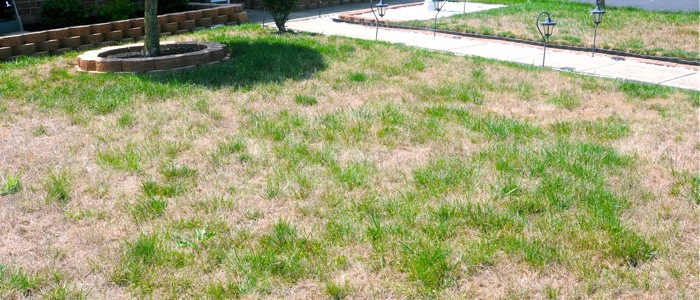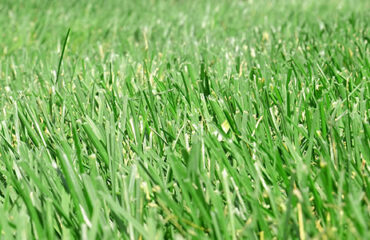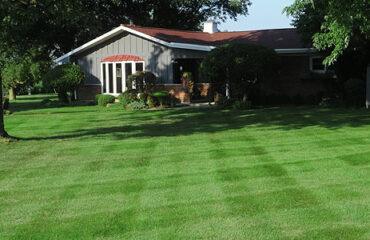It is one of the annual considerations pertaining to lawn care. That is, when, and what do I do about crabgrass? And, will I even have it this year?
Well, if you had the nasty plant officially known as Digitaria last year there’s a pretty good chance you’ll have it again because crabgrass generates from seed; and that seed can come from your lawn, or from a neighboring lawn.
Now crabgrass can be easily controlled with a spring pre-emergent treatment of weedkiller, specific to Digitaria, but treatment can also kill other, more desirable seedings, as well. In other words, if you’re sowing rye or bluegrass while treating your lawn for crabgrass, the crabgrass won’t germinate and grow; but the rye and bluegrass won’t grow, either.
This leaves you with a choice to make about what to do first.
One, take care of the crabgrass by treating it in the spring, and use good mowing practice later in the summer (now) to prevent any residual seeding from occurring.
Two, plan to sow your desirable grasses later in the year, get them well established and fertilized going into fall, and have it in place for the following spring. Remember too, that a good, consistent of program of nutrition throughout the summer will promote healthy growth of the desirable turf you presently have, making that much tougher for crabgrass to get established.
But the first and best choice for controlling crabgrass is always spring treatment, before soil temperatures reach 60 degrees. If it’s too late for that, control its spread with weekly mowings, use the recent rains to seed the thin and bare spots to get a jump on a better yard in the fall, and you’ll be ahead of the crabgrass game come next year.
That’s what you do…if you’re trying to control Digitaria.




